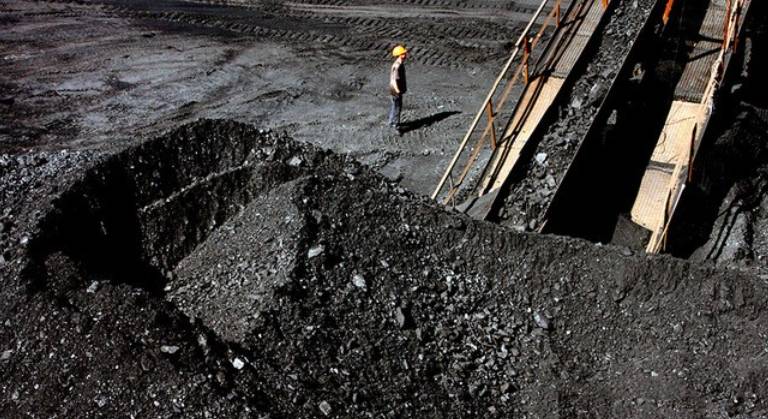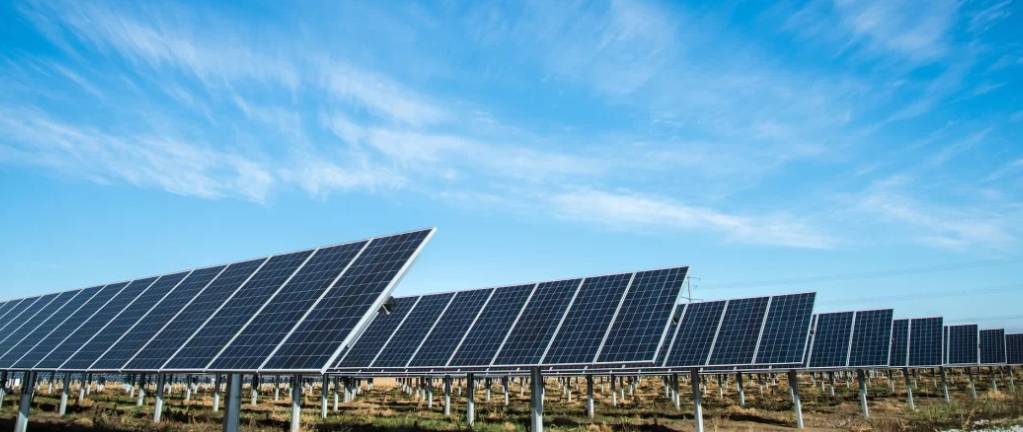And how can other countries avoid a similar situation?
South Africa was declared in a national “state of disaster” by its president Cyril Ramaphosa on February 9 due to severe power shortages and electricity outages that have greatly impacted the country.
Last year, South Africa suffered from 288 planned electricity outages that lasted up to 12 hours a day. These blackouts were imposed by Eskom Holdings, a state-owned power plant that supplies over 90% of the country’s electricity, as a measure to reduce demand and conserve energy. However, the blackouts have had severe consequences, including the spoilage of refrigerated food, disruptions to water pumps, challenges for hospitals to provide care, and businesses going bankrupt. The blackouts have affected the lives of 60 million South Africans.
How did it come to this?
Eskom has a long-standing history of financial issues, inadequate planning, corruption, and infrastructure mismanagement. Starting from the 1980s, they embarked on constructing unnecessary power plants, leading to severe financial difficulties. Political interference then ensued for decades, hindering effective decision-making.

Despite the growing demand for electricity, Eskom’s current electricity generation capacity is insufficient. In addition, Eskom’s debt has reached a staggering $26 billion, a result of their history of financial difficulties, poor planning, corruption, and mismanagement of infrastructure.
South Africa heavily relies on fossil fuels, with only 7% of the total energy produced in 2020 coming from renewable sources. This dependence is largely due to the abundance of coal resources and its crucial role in the economy, with coal mining providing employment for over 90,000 people.
Despite the abundant natural resources, effectively harnessing them has been a challenge. In 2007, the building of two massive coal-fired plants, Medupi and Kusile, was started. The projected price was 163 billion rands ($8.9Bn). However, due to labour disputes, strikes, equipment malfunctions, and inadequate administration, the ultimate cost amounted to a staggering 460 billion rands ($25Bn).
South Africa’s attempt to rely on its natural resources has proven to be more complex than anticipated. A combination of outdated infrastructure, inadequate power stations, and a recent strike has resulted in the President declaring a state of disaster. This declaration allows the government to bypass existing laws and release necessary resources to address the crisis effectively, such as fast-tracking equipment repair and implementing new energy projects.
The President has committed to addressing the issues at Eskom and improving the availability of the current energy supply, increasing investment in generation capacity, promoting the use of renewables, and reducing regulations to achieve long-term energy security, according to a report released by the government.
The government plans to rescue Eskom by taking on 2/3 of its $26 billion debt. Additionally, they will eliminate licensing requirements for companies seeking to construct their own power plants and enable them to sell excess power back to the grid.
Private investors who invest in renewable energy will benefit from a 100% tax exemption on investments starting at 100,000 rands ($5,500). Households are also encouraged to install their own solar panels.
President Ramaphosa has promised to install generators and solar panels to minimize power cuts for businesses involved in food production, storage and retail supply chains. Moreover, critical infrastructure such as hospitals and water treatment plants will be exempted from scheduled outages.
It is uncertain where the additional power supply required to implement the proposed solutions will come from.

Nevertheless, South Africa aims to utilize this crisis as an opportunity to accelerate its transition towards renewable energy. Several initiatives have been introduced to diversify the country’s energy sources and achieve long-term stability in the sector. This is deemed as a critical factor in facilitating the country’s recovery from the ongoing disaster.
Coal, which is the dirtiest fossil fuel, emits twice as much carbon dioxide as natural gas when burned. In order to reduce coal consumption and assist South Africa in transitioning to more climate-friendly energy sources, the US, UK, and EU jointly offered South Africa $8.5 billion at the COP26 climate conference held in 2021.
One of the biggest announcements at the 2021 COP26 climate conference was a multi-billion dollar pledge, although the funds have not yet reached South Africa. There are already conflicts arising over how the money should be distributed among different interests within the country. The funds will be provided in the form of grants and loans, with a possibility of allocation to Eskom, historically the biggest greenhouse gas emitter in South Africa. While some of the funds may go towards retiring coal-fired power plants, which currently provide over 80% of the country’s electricity, there is concern that the funds may only perpetuate South Africa’s reliance on coal.
Conclusion: South Africa’s overreliance on coal not only poses environmental issues but also contributed significantly to its economic crisis. This highlights the struggle that many countries face regarding energy dependence.
And the energy crisis in Europe?
This issue is not unique to South Africa, as seen in the energy crisis that hit Europe in 2022. European countries had to spend almost $851,08Bn to protect households and businesses from the surging energy prices.
Millions of UK citizens are set to face an increase in energy bills by $849,09Bn annually from April, with consumers all over Europe suffering from high natural gas prices and rising demand for fuel. A weak year for wind power have created a dangerous situation for European energy production, supply, and storage. In order to avoid a crisis similar to the one in South Africa, European countries have taken measures to increase investment in renewable energy and diversify their energy sources.
Countries that rely heavily on fossil fuels, especially a single source of energy, should take a cue from South Africa’s experience and expedite their shift to renewable energy. In 2022, the EU generated more solar and wind power than gas, demonstrating the potential of renewable sources.
It’s imperative that countries reduce their dependence on fossil fuels to avoid similar economic and environmental consequences as seen in South Africa.

